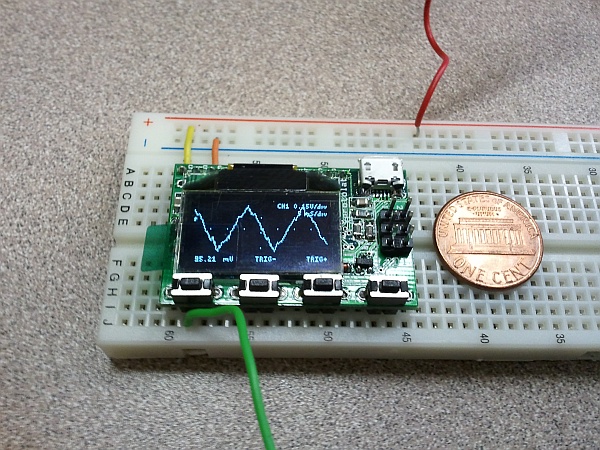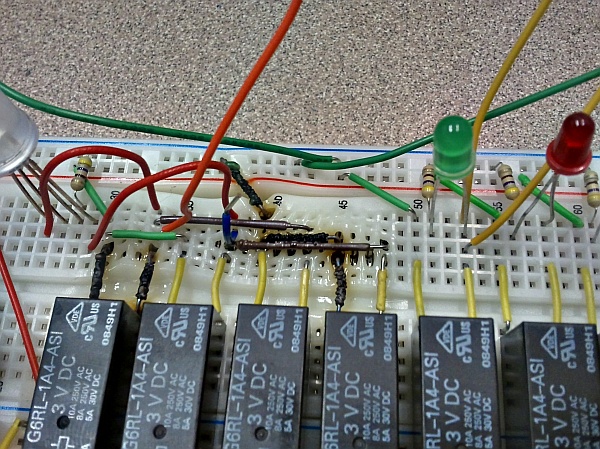The most exciting phrase to hear in science, the one that heralds new discoveries, is not “Eureka” but “That’s funny…”
—Isaac Asimov (1920–1992)
Perhaps twenty-five years ago, my parents owned an Ariens riding lawnmower. This was a basic, no-frills model, but it ran reliably and got the job done. Being the teenage son, reasonably mechanically-inclined, underpaid, and somewhat expendable, I got lawn-mowing duty. (Actually, my Dad volunteered to do the trim work with the push mower, so even back then, I recognized I got the better end of that deal.)
The Ariens did a good job nearly all of the time — but at 5HP, it was quite a bit underpowered for what it was asked to do. When cutting through thick grass or climbing the steep hill in back of the house, it would sometimes stall out. The canonical workaround for the thick-grass problem was to raise the cutting deck, and drive over the grass very slowly at full power; the workaround for the climbing-the-hill problem was to dismount and walk alongside the mower up the hill while reaching over to steer it. This was fun, but you always ran the risk of the mower either getting away or running over your toes. (At least I had the sense to shut off the blades.)
One day, while backing up to turn around near some pine trees, the mower’s engine revved up dramatically. Not knowing what was happening, I quickly shut it off and rolled it back away from the trees. When I started it up again, everything was fine. I took a look around the engine, and noticed a spring-loaded lever on the right side, near the back of the mower. Pressing gently on this lever caused the engine to speed up a bit.
Playing around with the lever mechanism a bit more, I figured out what it was — a governor for the engine, tied to a set of vanes that pulled the lever forwards when the engine speed increased. By applying some pressure to the lever, the engine could be made to speed up. Since car engines often speed up when more power is needed, I decided to see if this could be used to give the mower a bit more power.
I found some twine, tied it through a hole in the lever, and tied it to one of the seat supports. By pulling gently on the line, I could apply pressure to the lever, and cause the engine to rev up a bit past its normal set point. Instant “turbo mode!”
The mower worked great after that. Whenever I saw a steep hill or tall grass ahead, I would simply pull on the “extra power” cord, and power through the grass or up the hill with no problem at all. Rumors that I would occasionally put the mower into fourth gear and use this effect for extra speed while racing back to the garage are merely conjecture based on stereotypical generalizations of teenage guys. (That’s my story, and I’m sticking to it.)
A year or two later, while doing spring cleaning in the garage, my Dad noticed the line and asked me about it. I told him what it was for and why; to his credit, he just rolled his eyes and mumbled something about pretending not to have seen it. (I guess he did a quick calculation of the risk of a blown engine vs. the unsafe practice of me walking alongside the mower when going up the hill, and decided it was worth it.)
We eventually got a larger mower, and sold the Ariens (still running like the day we bought it, but minus the hack) at a yard sale. The newer mower had a 10HP two-cylinder Briggs and Stratton, electric start, and headlights. It climbed the hill easily and went through the worst summer grass like it was nothing. It was also fast enough in top gear that even as a reckless teenager, I usually didn’t run it flat out because of the risk of hitting a tree. (It cornered like a dump truck.) Still, sometimes I missed the Ariens. There’s just something about a good, fun hack.



